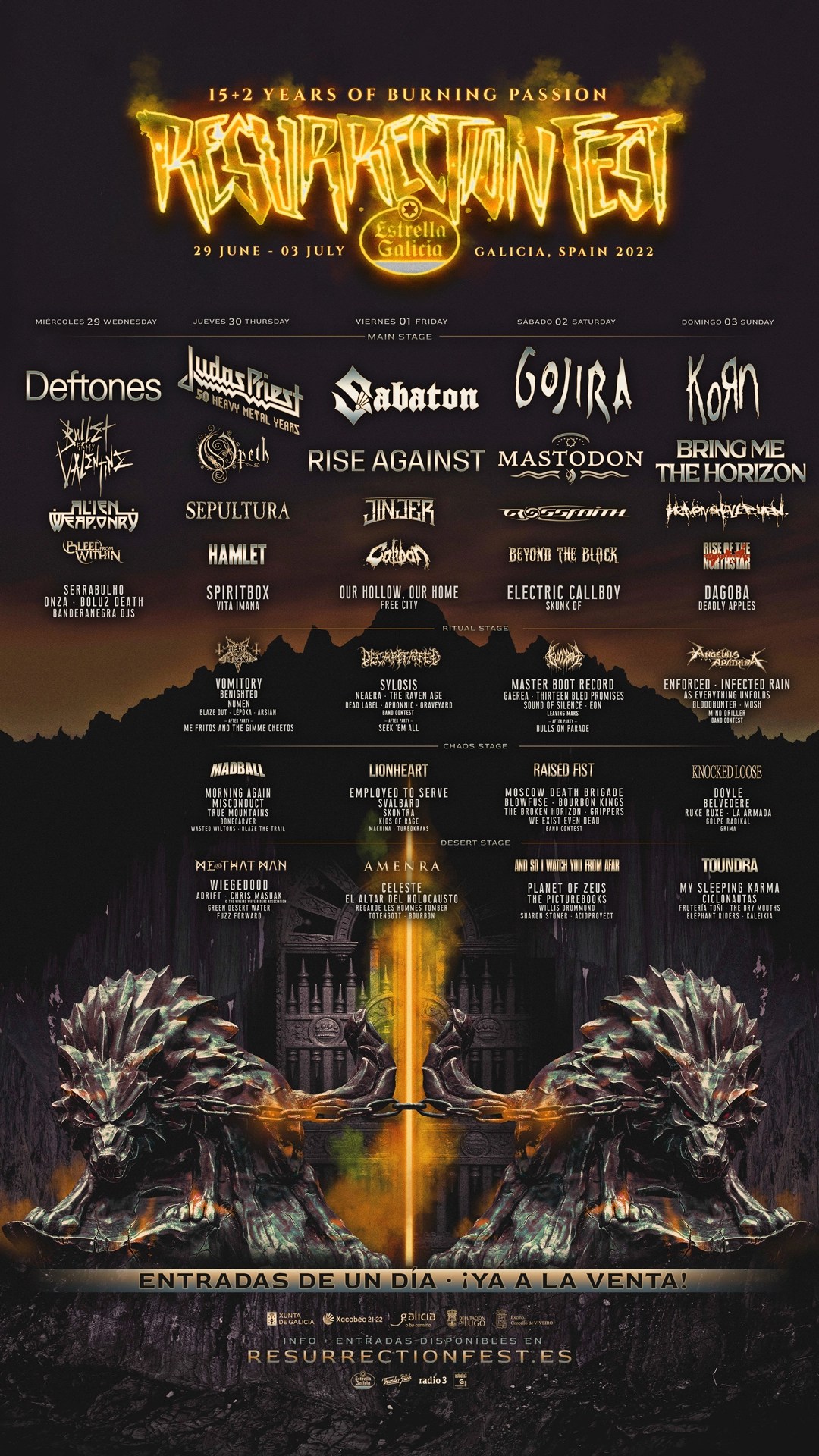Data has emerged as a crucial strategic asset for companies, particularly in today’s increasingly digital world. Every day, an immense volume of data is generated, driving rapid expansion in the storage market. Reports forecast that the global cloud storage market could surpass $1 trillion sometime between 2020 and 2025.
Presently, the storage market is split into two primary types: centralized storage under Web 2.0 and decentralized storage under Web 3.0. While some liken the shift from Web 2.0 to Web 3.0 to the transition from 4G to 5G, there are fundamental distinctions in the storage methods of Web 3.0 versus Web 2.0. This article aims to delve into these differences.
Centralized storage, typical of Web 2.0, is predominantly used by corporations. However, its widespread use has led to several issues, including data breaches, server failures, centralized control, user data being sold, and hacking incidents.
In response to these challenges, the pursuit of safe, stable, and cost-effective data storage solutions has become paramount. Innovators like Genaro Network (Genaro) are at the forefront, propelling the development of decentralized storage in the Web 3.0 era.
Key Features of Genaro Network
- Reliability: Genaro leverages blockchain’s distributed ledger technology (DLT) to decentralize and encrypt data storage, enhancing reliability. This approach ensures data integrity, as any changes must be validated by network nodes, and distributes data traffic to maintain speed and access.
- Efficiency: Genaro’s model replaces traditional centralized storage with a system where data is broken into blocks and stored across various network nodes. This structure enables efficient data storage and retrieval by using the closest node to the user.
- Security: In the Genaro Network, data is encrypted, fragmented, and redundantly stored across nodes. Access to data requires a private key, ensuring that even if a node is compromised, only a fragment of the data is at risk.
- Scalability: The network’s design allows for unlimited expansion of nodes, each with adjustable storage capacity, ensuring scalability.
- Fairness: As the Genaro Network grows with millions of users, market competition will foster fairness and transparency. This decentralized model prevents data storage costs from being monopolized, leading to more competitive pricing and higher quality services.
About Genaro Network
Genaro Network is a pioneering smart data ecosystem with a Dual-Strata Architecture, integrating a public blockchain with decentralized storage. It is the first to combine SPoR (Sentinel Proof of Retrievability) with PoS (Proof of Stake) to create a new consensus mechanism that offers enhanced performance, security, and a more sustainable blockchain infrastructure. Genaro provides a one-stop platform for developers to deploy smart contracts and store necessary data for DApps simultaneously. The network’s mission is to facilitate the secure transition of core Internet infrastructure to blockchain technology.
After five years of dedicated research and development, Genaro has established a robust blockchain 3.0 ecosystem comprising two core components: Genaro Eden (decentralized storage network) and Genaro Romulus (programmable public chain). These elements can be utilized together under Genaro’s SPoR and PoS consensus mechanisms, marking a significant advancement in blockchain technology.

